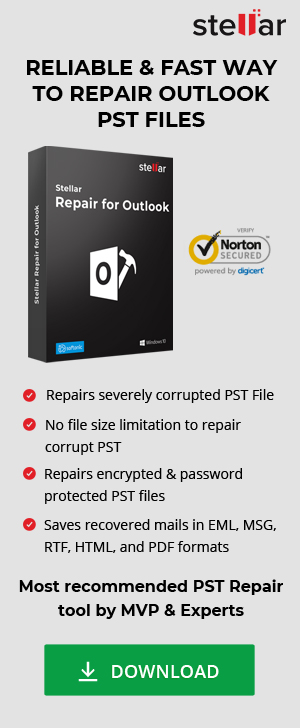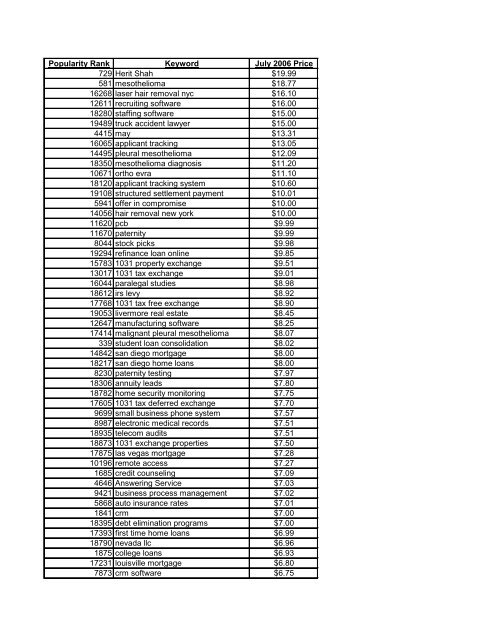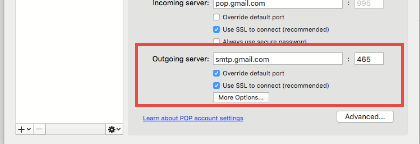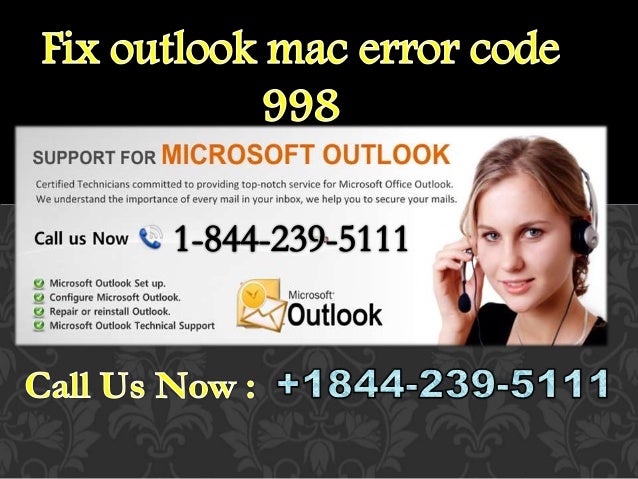- Microsoft Outlook is an stand alone application that can be used by multiple users professionally or personally as shared mailboxes, calenders, task manager, contact manager, note taking, journal and web browsing.
- When I start Outlook, I can send emails about 15 minutes / 30 minutes / 60 minutes every day. But then suddenly the connection is lost. I can no longer send or receive emails. I have this on an iMac.
- Step 3: Look for the Microsoft Office version and right-click it. Step 4: Click on the repair option to begin the repairing process. Once the repair process completes, start the Microsoft Outlook and see whether you can use it now. Method 2: Set Up a New Outlook Profile. If you create your new Outlook Profile, it can also help in fixing the issue.
Apr 08, 2020 It is not about resetting or changing the password. AOL webmail can not have APP password to sign in. App password is for specific app like Outlook or MAIL apps. PLease follow the instructions on above link and generate an app password for outlook and use it on Outlook. Are you trying to activate Outlook with an Office Home and Student 2016 license? The Office Home & Student license does not come with Outlook. If you would like to use Outlook, you can switch to a different Microsoft 365 home subscription.If you would like to keep the license you have, we recommend you drag the Outlook app to Trash to delete it. If you have a Microsoft 365 work or school.
-->Symptoms
In Microsoft Outlook 2016 for Mac, you are repeatedly prompted for authentication while you're connected to your Office 365 account.
Cause
This issue occurs because of the presence of duplicate tokens in the keychain.
Resolution
To resolve this issue in Outlook 2016 for Mac, install the February 2017 Outlook update (version 15.31.0) from the following Office website:
Workaround
To work around this issue, delete any cached passwords for your account, and also delete any modern authentication tokens from the keychain. To do this, follow these steps.
Note
These steps affect all Office applications that use modern authentication.
Quit Outlook and all other Office applications.
Start Keychain Access by using one of the following methods:
- Select the Finder application, click Utilities on the Go menu, and then double-click Keychain Access.
- In Spotlight Search, type Keychain Access, and then double-click Keychain Access in the search results.
In the search field in Keychain Access, enter Exchange.
In the search results, select each item to view the Account that's listed at the top, and then press Delete. Repeat this step to delete all items for your Exchange account.
In the search field, enter adal.
Select all items whose type is MicrosoftOffice15_2_Data:ADAL:<GUID>, and then press Delete.
In the search field, enter office.
Select the items that are named Microsoft Office Identities Cache 2 and Microsoft Office Identities Settings 2, and then press Delete.
Quit Keychain Access.
Note
When you start Outlook, you are prompted to authenticate.

Summary
This article contains a complete list of the most recent hotfix updates, public updates, and service packs for Microsoft Outlook. Some Outlook features depend on Microsoft Word and Microsoft Office components. Therefore, you should also install the latest updates for the Word and Office core components.
Note
The information in this article applies only to U.S. English versions of Outlook. Other language versions of Outlook have some updates that differ from the updates that are listed in this article. To find links to the most recent cumulative and public updates for Microsoft Office, see Office updates.
This article will be updated to reference new updates as they are released.
For more information about the most recent Outlook updates, refer to the following sections, as appropriate:
Click-to-Run installations of Office
The following updates apply only to Office clients that are installed by using a .msi file. They do not apply to click-to-run installations of Office. By default, click-to-run installations are automatically updated.
To determine whether you are using a Click-to-run version of Office, click the File tab in Outlook, and then click Office Account. If you see Office Updates under Product Information, as shown in the following figure, you are using a click-to-run installation of Office.
To see the latest version information for click-to-run installations, click Update Options, and then click View Updates.
For more information about click-to-run updates and to find the latest click-to-run version, go to the following Microsoft Office articles:
- Office 2016: Update history for Office 365 ProPlus (listed by date)
- Office 2013: Update history for Office 2013
- Office 2010: Update history for Office 2010 Click-to-Run products
Outlook 2016
MSI installations of Office 2016:
The following updates apply only to Office 2016 clients that are installed by using a .msi file. They do not apply to Click-to-run installations of Office 2016. By default, click-to-run installations are automatically updated. You cannot install the updates from these articles on click-to-run installations of Office 2016.
Outlook (global) update
3141453 January 3, 2017, update for Outlook 2016 (KB3141453)
Outlook Junk Email Filter update
3115407 August 2, 2016, update for Outlook 2016 Junk Email Filter (KB3115407)
Microsoft Word update
Microsoft Outlook For Mac Error Code 17898 Download
3128057 MS17-002: Description of the security update for Word 2016: January 10, 2017
Microsoft Office 2016 (Mso.dll) update
3141473 January 3, 2017, update for Office 2016 (KB3141473)
After you install all these updates, you should see the following versions of important files that are used by Outlook.
| File | Version |
|---|---|
| Outlook.exe | 16.0.4483.1000 |
| Olmapi32.dll | 16.0.4483.1000 |
| Outlfltr.dat | 14.0.16307.618 |
| Winword.exe | 16.0.4483.1000 |
| Wwlib.dll | 16.0.4483.1000 |
| Mso.dll | 16.0.4483.1000 |
Outlook 2013
MSI installations of Office 2013:
The following updates apply only to Office 2013 clients that are installed by using a .msi file. They do not apply to Click-to-run installations of Office 2013. By default, click-to-run installations are automatically updated. You cannot install the updates from these articles on click-to-run installations of Office 2013.
Important
Updates for Office 2013 programs that are dated April 14, 2015, or later require Office 2013 Service Pack 1 (SP1) to be installed before you can install the update.
You can download and install Service Pack 1 for Office 2013 from the following Microsoft Knowledge Base article:
2817430 Description of Microsoft Office 2013 Service Pack 1 (SP1)
Outlook (global) update
3141466 January 3, 2017, update for Outlook 2013 (KB3141466)
Outlook (US English) update
2817430 Description of Microsoft Office 2013 Service Pack 1 (SP1)

Outlook Junk Email Filter update
3115404 August 2, 2016, update for Outlook 2013 Junk Email Filter (KB3115404)
Outlook Social Connector global update
3054854 June 9, 2015, update for Outlook 2013 (KB3054854)
Outlook Social Connector Facebook provider
3054856 June 9, 2015, update for Office 2013 (KB3054856)
Outlook (UMoutlookaddin.dll) update
3101487 November 10, 2015, update for Office 2013 (KB3101487)
Microsoft Word update
3141464 January 3, 2017, update for Word 2013 (KB3141464)
Microsoft Office 2013 (Mso.dll) update
3141474 January 3, 2017, update for Office 2013 (KB3141474)
After you install all these updates, you should see the following versions of important files that are used by Outlook.
| File | Version |
|---|---|
| Outlook.exe | 15.0.4893.1000 |
| Outllibr.dll | 15.0.4891.1000 |
| Olmapi32.dll | 15.0.4893.1000 |
| Outlfltr.dat | 14.0.16307.618 |
| Socialconnector.dll | 15.0.4727.1000 |
| Socialprovider.dll | 15.0.4723.1000 |
| Facebookprovider.dll | 15.0.4723.1000 |
| UmOutlookAddin.dll | 15.0.4771.1000 |
| Winword.exe | 15.0.4893.1000 |
| Wwlib.dll | 15.0.4893.1000 |
| Mso.dll | 15.0.4893.1000 |
Outlook 2010
Important
Updates for Office 2010 programs that are dated November 11, 2014, or later require Office 2010 Service Pack 2 (SP2) to be installed before you can install the update.
Filme seriale italiene online gratis subtitrate. You can download and install Service Pack 2 for Office 2010 from the following Microsoft Knowledge Base article:
2687455 Description of Office 2010 Service Pack 2
Outlook (global) update
3118313 MS16-107: Description of the security update for Outlook 2010: September 13, 2016
Outlook (localized language en-us) update
3055041 August 11, 2015, update for Outlook 2010 (KB3055041)
Outlook Junk Email Filter update
3115475 August 2, 2016, update for Outlook 2010 Junk Email Filter (KB3115475)
Outlook Social Connector global update
2726880 June 9, 2015, update for Outlook Social Connector 2010 (KB2553308)
Outlook Social Connector update (US-English update)
Note
The following update is the latest released localized update package for the Outlook Social Connector. Therefore, you have to install only Oscintl-en-us.msp from the following package (for U.S. English versions of Outlook 2010). The Osc-x-none.msp file in the following article (2553406) was updated with a later version and is available in the global update for the Social Connector (KB2553308).
2553406 Description of the Outlook Social Connector update (Osc-x-none.msp, Oscintl-en-us.msp): April 10, 2012
Outlook Social Connector SharePoint Provider update
2553267 Description of the Outlook Social Connector update (Oscmoss-x-none.msp): April 10, 2012
Microsoft Outlook For Mac Error Code 17898 Free
Outlook (UMoutlookaddin.dll) update
2760779 December 8, 2015, update for Office 2010 (KB2760779)
Microsoft Word 2010
3128034 MS16-148: Description of the security update for Word 2010: December 13, 2016
Office 2010 (Mso.dll)
3118380 MS16-148: Description of the security update for Office 2010: December 13, 2016
After you install all these updates, you should see the following versions of important files that are used by Outlook.
| File | Version |
|---|---|
| Outlook.exe | 14.0.7172.5000 |
| Outllibr.dll | 14.0.7147.5000 |
| Olmapi32.dll | 14.0.7172.5000 |
| Outlfltr.dat | 14.0.16307.618 |
| Sharepointprovider.dll | 14.0.6117.5000 |
| Socialconnector.dll | 14.0.7151.5000 |
| Socialprovider.dll | 14.0.6116.5000 |
| Umoutlookaddin.dll | 14.0.7164.5000 |
| Winword.exe | 14.0.7177.5000 |
| Wwlib.dll | 14.0.7177.5000 |
| Mso.dll | 14.0.7177.5000 |
Outlook 2007
The following hotfix packages dated February 2013 (or later versions) require you to have the 2007 Microsoft Office suite Service Pack 3 (SP3) installed before you install the update.
Outlook (global) update
3118303 MS16-107: Description of the security update for Outlook 2007: September 13, 2016

Outlook (US English) update

2687329 Description of the Outlook 2007 hotfix package (Outlook-en-us.msp): August 28, 2012
Outlook Junk Email Filter update

3115461 August 2, 2016, update for Outlook 2007 Junk Email Filter (KB3115461)
2007 Microsoft Office system (Mso.dll) update
3128020 MS16-148: Description of the security update for 2007 Microsoft Office Suite: December 13, 2016
After you install all these updates, you should see the following versions of important files that are used by Outlook.
| File | Version |
|---|---|
| Outlook.exe | 12.0.6753.5000 |
| Mapir.dll | 12.0.6663.5000 |
| Outllibr.dll | 12.0.6656.5000 |
| Outlfltr.dat | 12.0.16306.1182 |
| Winword.exe | 12.0.6762.5000 |
| Wwlib.dll | 12.0.6762.5000 |
| Mso.dll | 12.0.6762.5000 |
Outlook 2003
You must install Microsoft Office 2003 Service Pack 3 (SP3) before you install the following update.
Microsoft Word update Winchester model 74 automatic manual.
2878303 MS14-017: Description of the security update for Word 2003: April 8, 2014
After you install all the update, you should see the following versions of important files that are used by Outlook.
| File | Version |
|---|---|
| Emsmdb32.dll | 11.0.8333.0 |
| Mso.dll | 11.0.8434.0 |
| Outllib.dll | 11.0.8330.0 |
| Outlook.exe | 11.0.8326.0 |
| Winword.exe | 11.0.8411.0 |
After you install all these updates, click the Help menu, and then click About Microsoft Office Outlook. The About Microsoft Office Outlook dialog box should show the following build number.